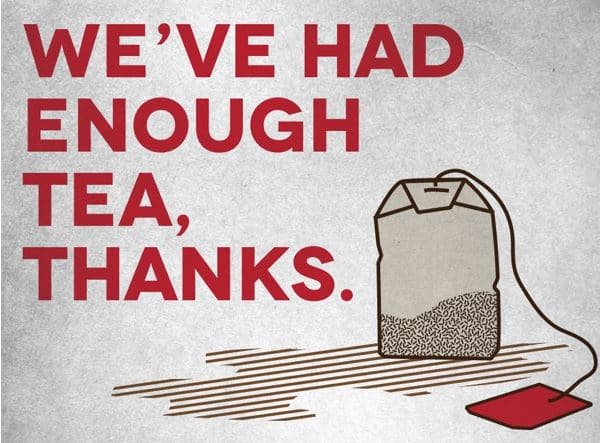5,000 sleep in streets
5,000 sleep in streets
By JAMES BENNETT
Published January 13, 2007
More than 4,700 men, women and children were homeless on any given day in Pinellas County in 2006, according to a count and survey of homeless persons taken Jan. 30, 2006. (New figures will be available after the Jan. 29, 2007, count.)
Just imagine: On any given day (or night), almost 5,000 people are sleeping on the streets, in the woods, in shacks or derelict buildings, in cars, on the beach – or in one of the too-few shelters for individuals or families in
the county. Because many people go in and out of homelessness over the course of a year, this translates to more than 19,000 incidences of homelessness in a year.
Why should this matter to you? First, because people you know, or see at church or in the mall, or meet at work, could be homeless now or one paycheck away from being homeless in the near future. Second, you and your family could become homeless with one major emergency. Third, because it costs each of us real money when men, women and children in our county are homeless. And fourth, because in this county (and country) of beauty and riches and religion, we have people going hungry and without a roof over their heads every day.
Many of you, I am sure, think of "the homeless" as the single man, unwashed and in dirty clothes, wandering the streets or parks, or sleeping in a doorway, mumbling or smelling of alcohol, unemployed. You would be partially correct; more than half the homeless are single individuals with mental health and/or substance abuse problems. More startling is the real picture of who is homeless:
– One in five of the homeless is under the age of 18, and most of those are not teenagers – a large number of them are newborns, toddlers or children who are in school at least some of the time.
– Twelve percent of the homeless are families (the fastest-growing group), and more than 61 percent of the homeless families had been working in the last month – they simply could not afford a place to live.
– One in four homeless persons is a veteran, and many of them have physical, mental health and/or substance abuse problems.
– Most disturbing of all, almost 40 percent of those responding to the survey were homeless for the first time this year.
We are all paying the cost of allowing these Pinellas County residents to be homeless. More than $13-million (2005 figures) is spent in federal, state, county and city funds (all taxpayer money) each year to deal with the
effects of homelessness; locally, most of that money comes from Pinellas County. And this does not include the large amount of time and goods donated by churches and private citizens.
– We pay more for school expenses for homeless children; they may be in multiple schools in any one year, or miss school, may require extra assistance or additional years of schooling.
– We pay taxes or tithe money at church for the shelters, food programs and other services to keep the lucky homeless families and individuals housed and fed while they are working toward independence and permanent housing – and there is shelter space for fewer than half the homeless at any time.
– We pay for new costs every time a family or single person becomes homeless for the first time – in added health costs (they become sicker), law enforcement (they get arrested more), domestic violence services and other tax-paid services that kick in when someone loses his job.
– We pay in increased health costs every time a homeless person uses an emergency room because he has no health care.
‘What can you do to help?’
– You can work with us on implementing the countywide "10-Year Plan to End Homelessness," a detailed plan with specific strategies to address homelessness – and to prevent people from becoming homeless in the future. There are strategies that all different groups of residents can help to implement – from businesses to churches, from civic groups to neighborhood associations.
– You can learn more about who the homeless are, and what we can do to help them gain permanent housing and the funds to support themselves and their families.
– You can help promote the critical need for more affordable housing in Pinellas County.
– You can encourage your church, synagogue or mosque to join others in providing faith-based responses to homelessness.
– You can select a family shelter, domestic violence organization, food bank or agency helping homeless individuals, and volunteer or provide resources to them.
– Most of all, you can become involved in our efforts to ensure that all residents of Pinellas County have an adequate roof over their heads.
James Bennett is vice chairman of the St. Petersburg City Council and chairman of the Homeless Leadership Network.
© Copyright 2002-2007, St. Petersburg Times
